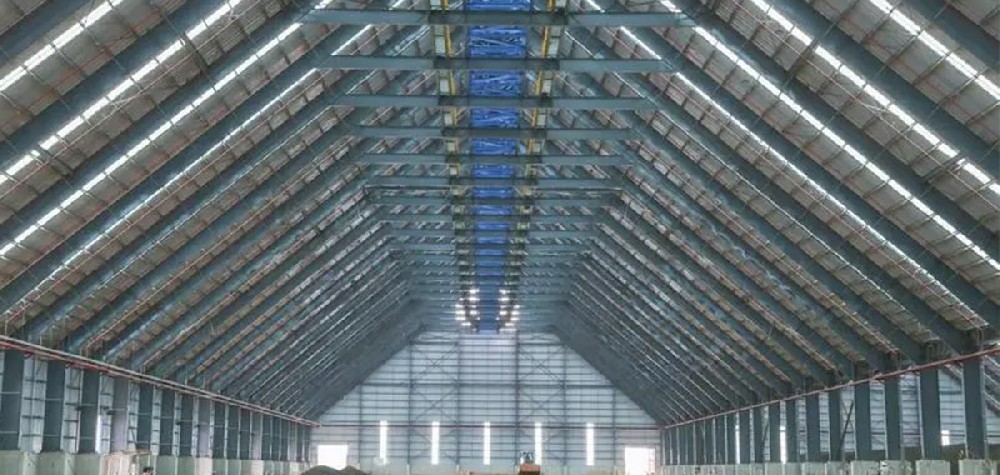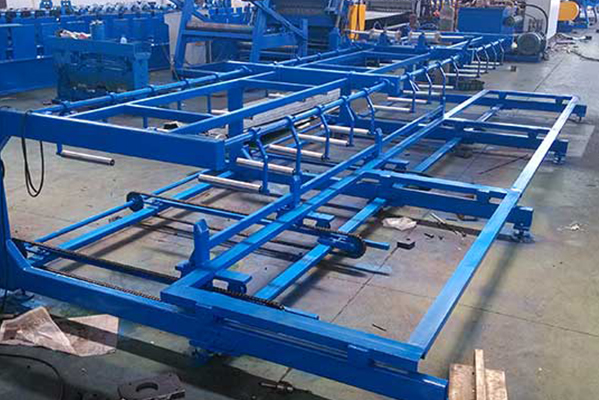Navigation Menu
Contact Us
- Email:
- info@wxavatar.com
- Address:
- Yurong Village, Yuqi Street, Huishan District, Wuxi, China.
Release Date:Jul 13, 2025 Visit:33 Source:Roll Forming Machine Factory
Auxiliary machines play a crucial role in enhancing the overall efficiency of production lines by streamlining various processes and supporting primary machinery. Their contributions lead to increased output, improved product quality, and reduced operational costs.

Optimizing Material Handling and Preparation
One significant way auxiliary machines boost efficiency is through optimized material handling and preparation. For instance, conveyors ensure a continuous and organized flow of materials between different stages of production, minimizing manual transport and reducing bottlenecks. Robotic arms can precisely pick, place, and sort components, especially in tasks requiring high speed or repetitive movements, leading to faster processing times and fewer errors. Additionally, machines like mixers and feeders prepare raw materials according to specific requirements, ensuring consistency and readiness for the main production processes. This pre-processing reduces the workload on primary machines, allowing them to focus solely on their core functions.
Enhancing Precision and Quality Control
Auxiliary equipment also contributes significantly to product quality and precision, which in turn improves efficiency by reducing waste and rework. Vision inspection systems and sensors can detect defects or inconsistencies in real-time, preventing faulty products from moving further down the line. This immediate feedback loop allows for prompt adjustments to the production process, minimizing material waste and ensuring that only products meeting quality standards are passed on. Automated packaging machines not only speed up the final stage of production but also ensure consistent and secure packaging, which can prevent damage during transport and storage, further contributing to overall efficiency.
Supporting and Maintaining Primary Operations
Beyond direct involvement in material processing, auxiliary machines provide critical support for the smooth operation and longevity of primary production equipment. Temperature control units ensure that machinery operates within optimal temperature ranges, preventing overheating and extending equipment lifespan. Lubrication systems automatically apply lubricants, reducing friction and wear on moving parts, which minimizes the need for manual maintenance and reduces downtime. Furthermore, cleaning machines can be integrated into the line to maintain hygiene and prevent material buildup, which is essential for consistent product quality and efficient machine operation, particularly in industries with strict cleanliness standards.
Streamlining Workflow and Reducing Manual Labor
By automating tasks that are repetitive, physically demanding, or require high precision, auxiliary machines significantly reduce the reliance on manual labor. This not only frees up human workers for more complex or analytical tasks but also minimizes the risk of human error and fatigue. The integration of these machines leads to a more synchronized and predictable workflow, reducing variations in production speed and output. This systematic approach contributes to a more stable and efficient production environment, allowing for greater scalability and adaptability to changing production demands.

In conclusion, auxiliary machines are indispensable assets in modern production lines. Their multifaceted contributions, from optimizing material flow and enhancing quality control to providing crucial operational support and streamlining labor, collectively lead to substantial improvements in efficiency, productivity, and overall operational excellence.